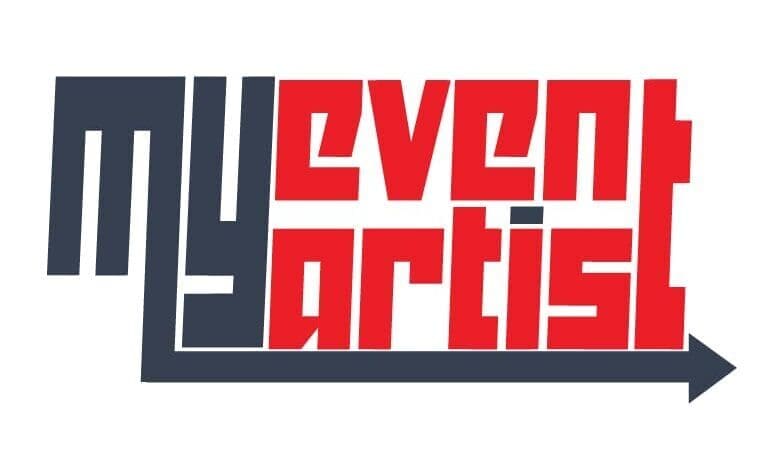Color accuracy is paramount in design, especially when it comes to branding. Pantone colors offer a standardized system for precise color reproduction, allowing designers to maintain consistency across various mediums. In this article, we will explore the process of working with Pantone colors, enabling you to integrate them into your designs successfully. Get ready to unlock the power of Pantone colors to ensure your designs are visually appealing, consistent, and true to brand identity.
Understanding Pantone Colors:
Pantone colors, part of the Pantone Matching System (PMS), are a standardized color system used across industries for their accuracy and consistency. Here’s how you can work with Pantone colors in your designs to achieve precise color reproduction:
- Pantone Color Libraries:
- Utilize design software, such as Adobe Illustrator or Photoshop, to access Pantone color libraries.
- Pantone provides various color books, such as Pantone Solid Coated or Uncoated, which contain a vast range of predefined colors.
- Selecting Pantone Colors:
- Choose Pantone colors that best represent your brand’s identity or match the specific requirements of your project.
- Refer to printed Pantone swatch books or digital color guides to ensure accurate color selection.
Integrating Pantone Colors:
Once you have selected your desired Pantone colors, here are some techniques to integrate them into your designs seamlessly:
- Applying Pantone Colors:
- Identify the elements in your design that require Pantone colors, such as logos, typography, or specific graphic elements.
- Assign the chosen Pantone colors using the color tools available in your design software.
- Consistency across Media:
- Ensure consistency across various media by using Pantone colors as the source of inspiration when creating digital or print materials.
- Convert Pantone colors to their closest CMYK or RGB equivalent for digital use, while carefully verifying the color accuracy on different screens.
- Proofing and Color Calibration:
- Request color proofs from printers to authenticate the accuracy of Pantone color reproduction in print.
- Calibrate your screens periodically to maintain consistent color representation during the design process and final output.
- Supplier Communication:
- Share Pantone color references with suppliers, such as printers or manufacturers, to ensure accurate color reproduction when translating designs into physical products.
Conclusion:
Working with Pantone colors empowers designers to achieve precise and consistent color reproduction, enabling brands to uphold their visual identity across multiple platforms. By utilizing Pantone color libraries and integrating them into your designs, you can ensure accuracy, consistency, and recognition for your brand. Experiment with Pantone colors to discover the perfect palette that truly represents your brand’s essence. For further insights, inspiration, and design services, please visit our website at https://myeventartist.com. Let us guide you in the journey of merging Pantone colors seamlessly into your designs, elevating your creations to new levels of excellence.

